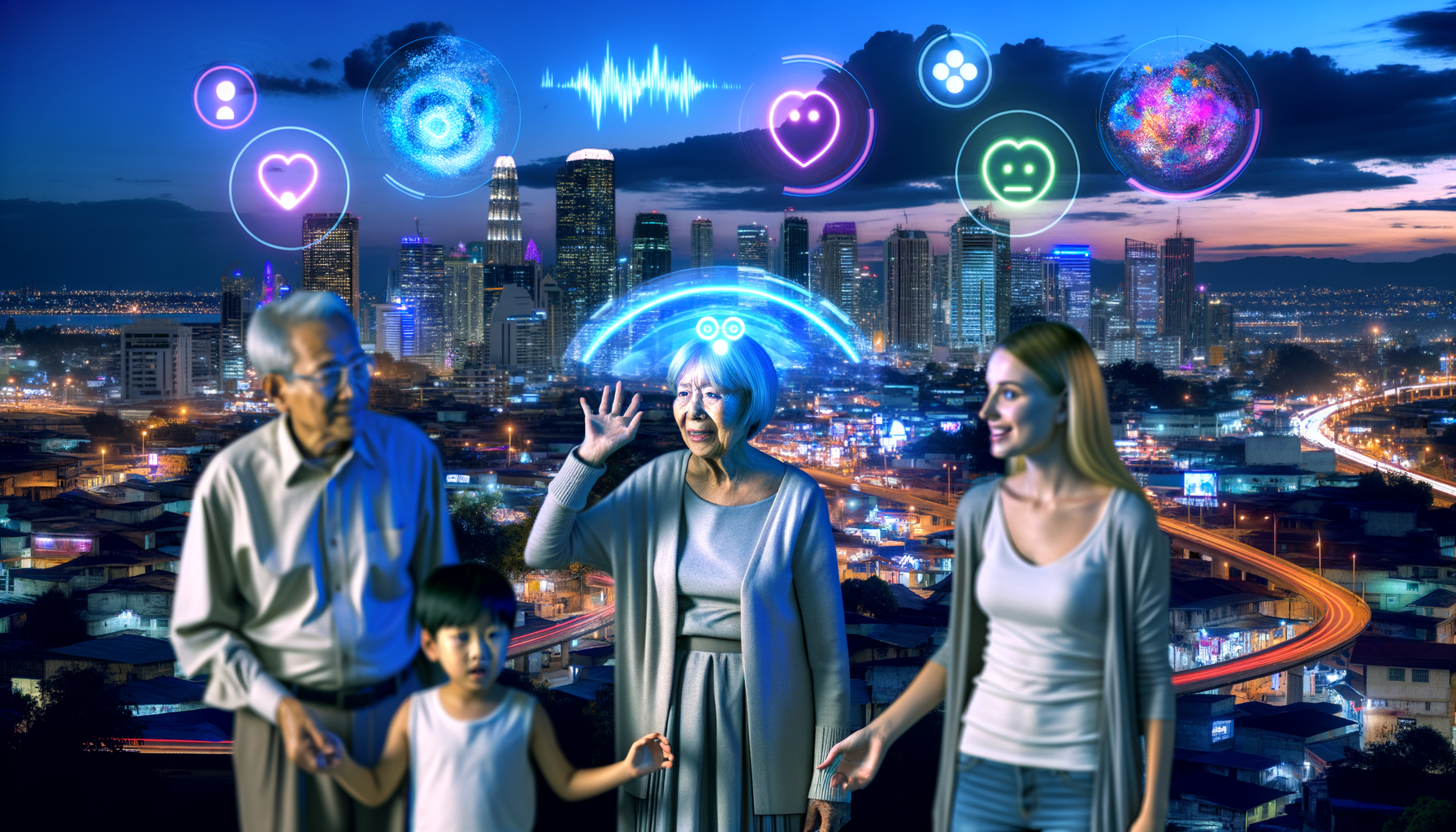Revolutionizing Emotion Recognition with Alibaba’s R1-Omni AI Model
Deep in the exciting world of artificial intelligence, companies are always on the move to break new ground. Recently, the tech community has been buzzing about Alibaba’s upcoming R1-Omni AI model that is set to change the way we think about emotion recognition. At the same time, another exciting news piece mentions that DeepSeek’s upcoming R2 model will be closely evaluated for its reasoning accuracy and efficiency. Both of these developments are steering the overall industry into new territories.
What is Emotion Recognition and Why is it Important?
Emotion recognition is the process by which technology interprets human emotions from facial expressions, voice tones, and even body language. This technology is not only a breakthrough in the field of artificial intelligence, but it also has applications in customer service, healthcare, security, and even education.
For instance, by understanding a person’s feelings, companies can tailor their products and services to better suit customer needs. In this way, technology acts as a bridge between humans and machines, making experiences more natural and effective. “AI can help us understand emotions better than ever before,” experts have noted, emphasizing the blend of technical accuracy and human insight.
If you are curious about the basics, you might enjoy reading this insightful article on Emotion Recognition on Wikipedia.
Introducing Alibaba’s R1-Omni AI Model
Alibaba, a leader in global e-commerce and technology, has taken a big leap by investing resources into their new R1-Omni AI model. This model is designed to understand and interpret human emotions with high accuracy. By doing so, it seeks to revolutionize areas like customer support and public safety.
The R1-Omni model processes text, visual, and audio signals in ways that make it easier for us to see what someone might be feeling. The technology behind it includes deep learning, which is a method that helps computers learn from large sets of examples. This learning process is similar to how our brains work and is often used in many exciting applications. A detailed look at the basics of deep learning can be found in this IBM article on Deep Learning.
The R1-Omni model stands out because it takes into account not just clear signals like a smile or a frown, but also subtle changes in your voice or gestures. By combining this data, the model becomes smarter and more human-like in its understanding. In the realm of artificial intelligence, such improvements represent significant progress and promise a future where interactions between humans and machines are smoother and more natural.
DeepSeek’s R2 Model and Its Role in AI Innovation
While Alibaba is making strides with emotion recognition, DeepSeek is busy preparing its next step forward. DeepSeek’s upcoming R2 model will be closely evaluated for its reasoning accuracy and efficiency. This means that experts will test how well the AI can solve problems and make decisions. Reasoning accuracy looks at whether the AI can think things through correctly, while efficiency examines how quickly and well it processes information.
This evaluation is important because it helps set standards in the AI industry. When models like these are tested properly, it ensures that they are reliable and safe to use in different applications. It is also a key step in building trust in the technology among users. For more current perspectives and industry standards, check out this article on BBC News – Technology.
Both models from Alibaba and DeepSeek are shaping the future of AI by aiming to enhance the ways humans and machines interact. They show us that the drive toward a more connected and intuitive digital world is unstoppable.
Impact on Everyday Life and Future Innovations
The applications of these advanced AI models extend far beyond academic experiments or technical demonstrations. Imagine a day when customer service agents are supported by systems that understand your mood and tailor responses according to your needs. Or consider classrooms that use emotion recognition to better assist students who might be struggling with their assignments.
In public safety, rapid emotion analysis can enhance security measures by quickly identifying distress signals in large crowds. Medical professionals could use these advanced tools to better understand patient expressions of pain or discomfort, paving the way for more targeted treatments.
The future is bright with these innovations because technology is becoming friendlier, more responsive, and more helpful. As noted by experts and echoed in recent articles on innovations in tech, such tools are set to change the way we navigate our everyday life. For instance, a recent report on TechCrunch highlights similar advancements and the growing trend of incorporating emotion-sensitive AI into mainstream services.
As we witness these changes, it becomes clear that we are in the midst of a technological revolution. With models like Alibaba’s R1-Omni and DeepSeek’s R2, the industry is not only pushing forward the limits of what machines can do, but also ensuring that these innovations are safe, reliable, and ultimately helpful for all of us.
A Look Ahead
The journey toward smarter, more intuitive AI is filled with promise and potential challenges. Integrating human-like reasoning and emotion recognition into everyday applications requires careful thought and thorough testing. It is essential that as these models become part of our lives, they do so in ways that respect privacy, ensure safety, and enhance overall well-being.
As we look to the future, it is important for users, developers, and policymakers to work together. This collaboration will help guide technology in a way that benefits society as a whole and builds a future where machines understand us better. The ongoing evaluations of models like DeepSeek’s R2 for reasoning accuracy and Alibaba’s R1-Omni for emotion recognition are key milestones in this journey.
In summary, these advancements promise to make our interactions with technology not only more efficient but also more meaningful. With clear steps toward improvement, an open mind, and careful evaluation, the future of AI is incredibly exciting. Stay informed, stay excited, and join us as we explore this new horizon in artificial intelligence.
For those who want to explore more about AI ethics and the impact of these transformations, consider this insightful reading on The Verge.



